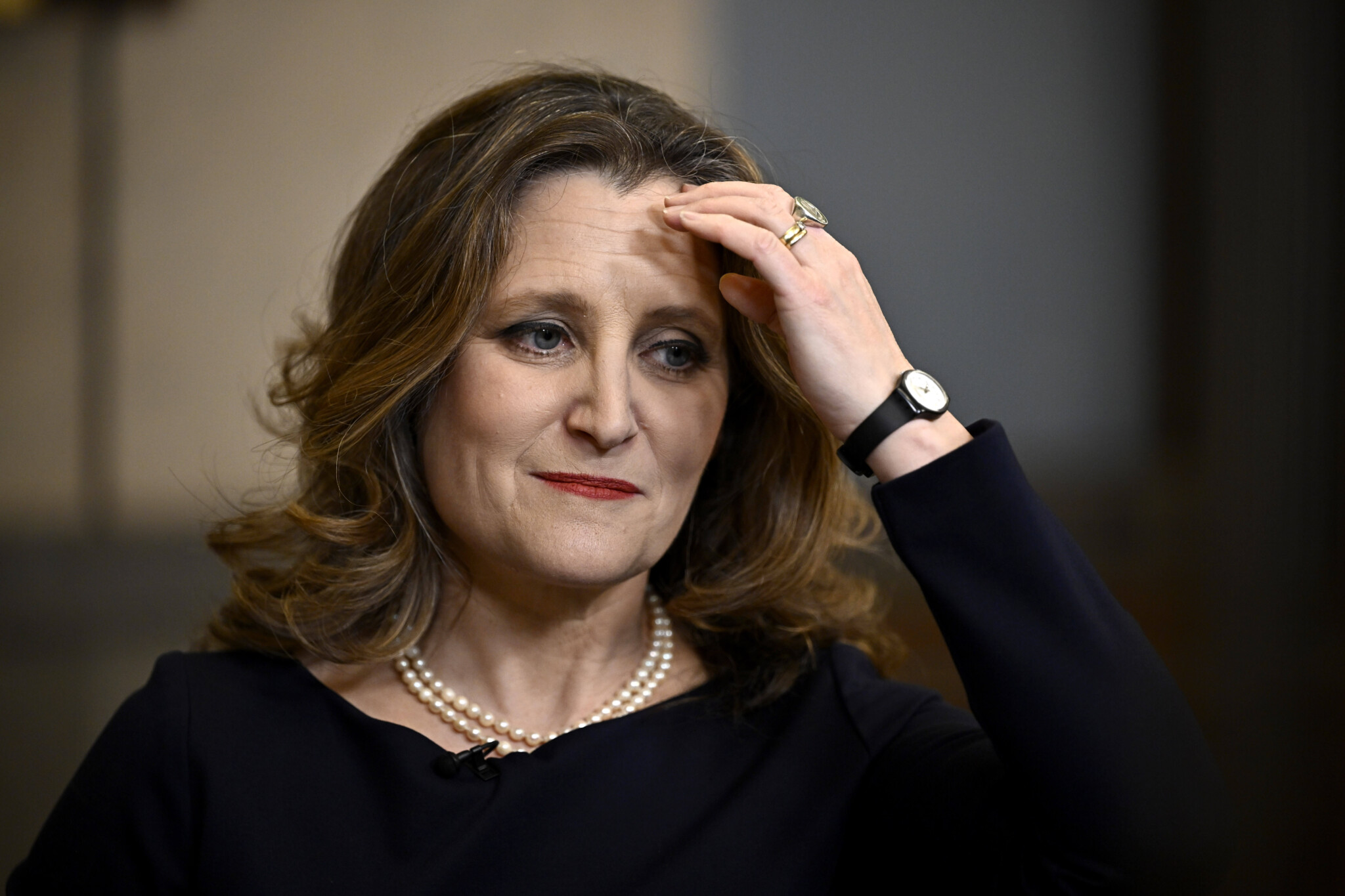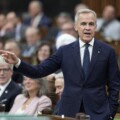Welcome to Need to Know, your Saturday dive into thought-provoking research from think tanks, academics, and leading policy thinkers in Canada and around the world, curated by The Hub. Here’s what’s got us thinking this week.
Monday is “FES day” for the federal government. This is when Finance Minister Chrystia Freeland will deliver the Fall Economic Statement (FES) and update Canadians on the state of the country’s finances. The release of the FES is also an opportunity for the government to deliver new policy initiatives, which they hope will provide them with a much-desired Christmas gift of a boost in the polls.
However, the document’s release is conveniently coming a day before Parliament is set to adjourn for a winter break. Perhaps there is bad news to share that the government wants to bury—fiscal coal in the stockings of every taxpayer you might say. With that in mind, let’s look at some recent reports analyzing the state of the Trudeau government’s finances.
The fiscal cost of the GST holiday
A few weeks ago, the Liberals announced a two-month GST holiday on certain groceries, restaurant meals, drinks, children’s clothing, and toys. If you’ve been following the news, the tax holiday, which goes into effect today, has been a “headache” for small businesses. At a time when they are already struggling with the fallout from the Canada Post strike, they now have to spend countless hours wading through unclear guidelines surrounding what does or doesn’t fall under the GST tax break, while also having to update all of their payment systems.
It is difficult to fully appreciate the GST holiday’s hidden cost to businesses, but a recent Parliamentary Budget Officer (PBO) analysis shed some light on the cost to taxpayers. The PBO estimates that this tax holiday will reduce federal revenues by $1.46 billion for the fiscal year 2024/25.
Additionally, under existing tax agreements with certain provinces, the federal government may need to compensate HST-collecting provinces—Ontario, Newfoundland and Labrador, Prince Edward Island, Nova Scotia, and New Brunswick—if they don’t waive their entitlement to compensation. This could increase federal costs by an additional $1.26 billion, bringing the total to $2.72 billion.
Notably, the report doesn’t account for administrative costs businesses will incur to implement the tax holiday, or additional audit expenses for the Canada Revenue Agency. The PBO notes that the primary uncertainty in their estimate stems from the extent of consumer behavioural responses to the temporary tax relief.
Is government debt undermining economic growth?
Given that the federal government is already running a major deficit, the reduction in revenue from the GST holiday will increase the size of that deficit and Canada’s debt levels. With provincial and federal government debt rising in the last several years, what effect may this have on Canadian economic growth prospects?
A new study from the Fraser Institute, authored by University of Regina economics professor Jason Childs, investigates the relationship between government debt and economic growth across Canadian provinces. Drawing from data spanning four decades, the report identifies a critical debt-to-GDP threshold of approximately 100 percent, beyond which additional debt has little to no positive impact on short-term economic growth. It reveals that all but three provinces (Alberta, Saskatchewan, and British Columbia) currently exceed this threshold when considering combined federal and provincial debt loads, risking economic stagnation.
The analysis highlights significant regional disparities, with provinces like Quebec and Manitoba grappling with debt levels exceeding 140 percent of GDP. The report argues that rising government debt crowds out private-sector investment, puts upward pressure on long-term interest rates, and diverts resources from growth-enabling initiatives to debt servicing.
Using econometric modeling, the study finds that provincial economies below the 100 percent debt-to-GDP threshold experience stronger economic growth. It also notes that government investment, rather than fostering economic activity, may often have a net negative impact. The findings stress the importance of fiscal prudence, as federal and provincial debt levels have surged in recent years, particularly after pandemic-related spending.
Childs concludes that policymakers must focus on reducing debt burdens to ensure sustainable economic growth, particularly for provinces already lagging economically.
The grades are in on the fiscal accountability of Canadian governments, and they’re not pretty
One issue arising from the timing of this year’s FES is that it’s quite evident the government is trying to dodge parliamentary accountability. With Parliament set to adjourn next Tuesday until the end of January, the Liberals are skipping out on what would typically be weeks of parliamentary debate on the country’s finances. This raises the question of how fiscally accountable Canadian governments really are.
A timely report by the C.D. Howe Institute provides some answers—and they’re not good. The report, co-authored by C.D. Howe Institute President and CEO William Robson, evaluates the transparency and reliability of financial reporting by federal, provincial, and territorial governments.
Based on the 2023/24 budgets and 2022/23 financial statements, this year’s grades reveal stark differences among jurisdictions. Alberta and Yukon lead with A- grades, praised for providing timely and comprehensive fiscal documents that adhere to Public Sector Accounting Standards (PSAS). In contrast, Prince Edward Island earned a D+ for delays and a lack of clarity in its financial reporting. Other provinces fell between these extremes, with the federal government receiving a C grade.
The study highlights significant progress over two decades. However, issues persist, including late financial statements, inconsistent accounting practices, and inadequate interim updates. Many governments fail to reconcile their budget estimates with actual financial outcomes, creating gaps in accountability that limit the public’s ability to evaluate fiscal stewardship.
To foster transparency, the report calls for improved timeliness, better explanations for why a fiscal record differs from projections, and better interim reporting. It warns against backsliding and stresses that consistent and reliable financial data are essential for legislative oversight and informed public discourse. As government spending grows, the study underscores the need for robust fiscal reporting to uphold Canadians’ accountability and trust.
ChatGPT assisted in the creation of this article.











